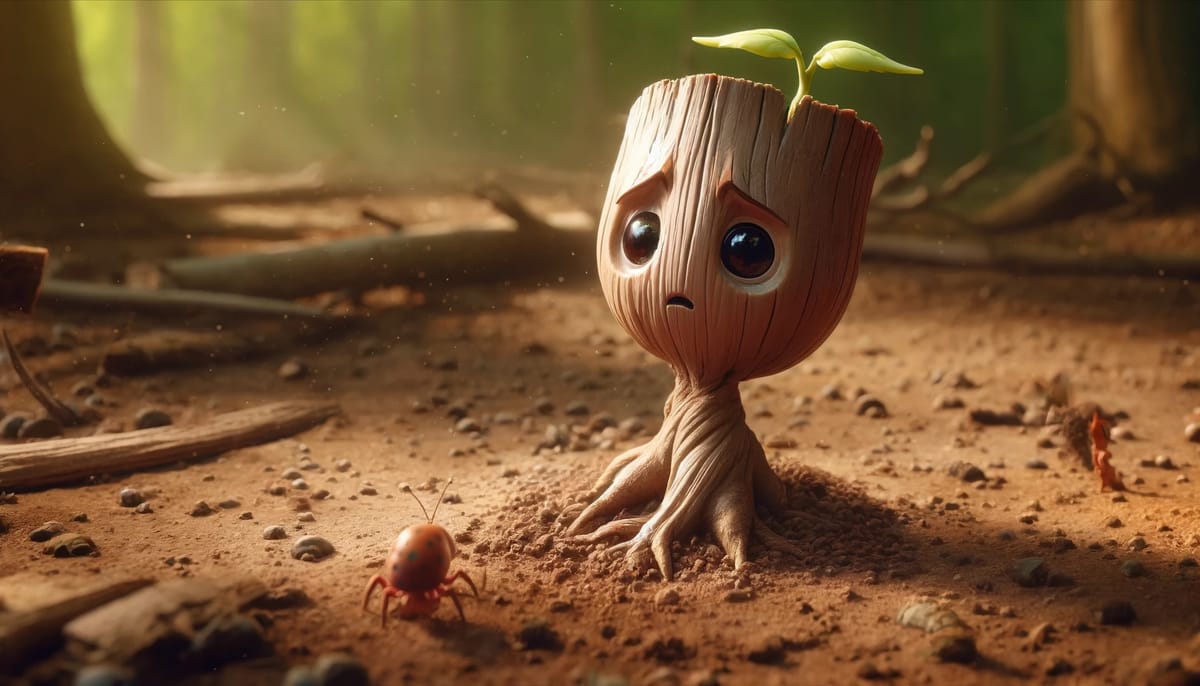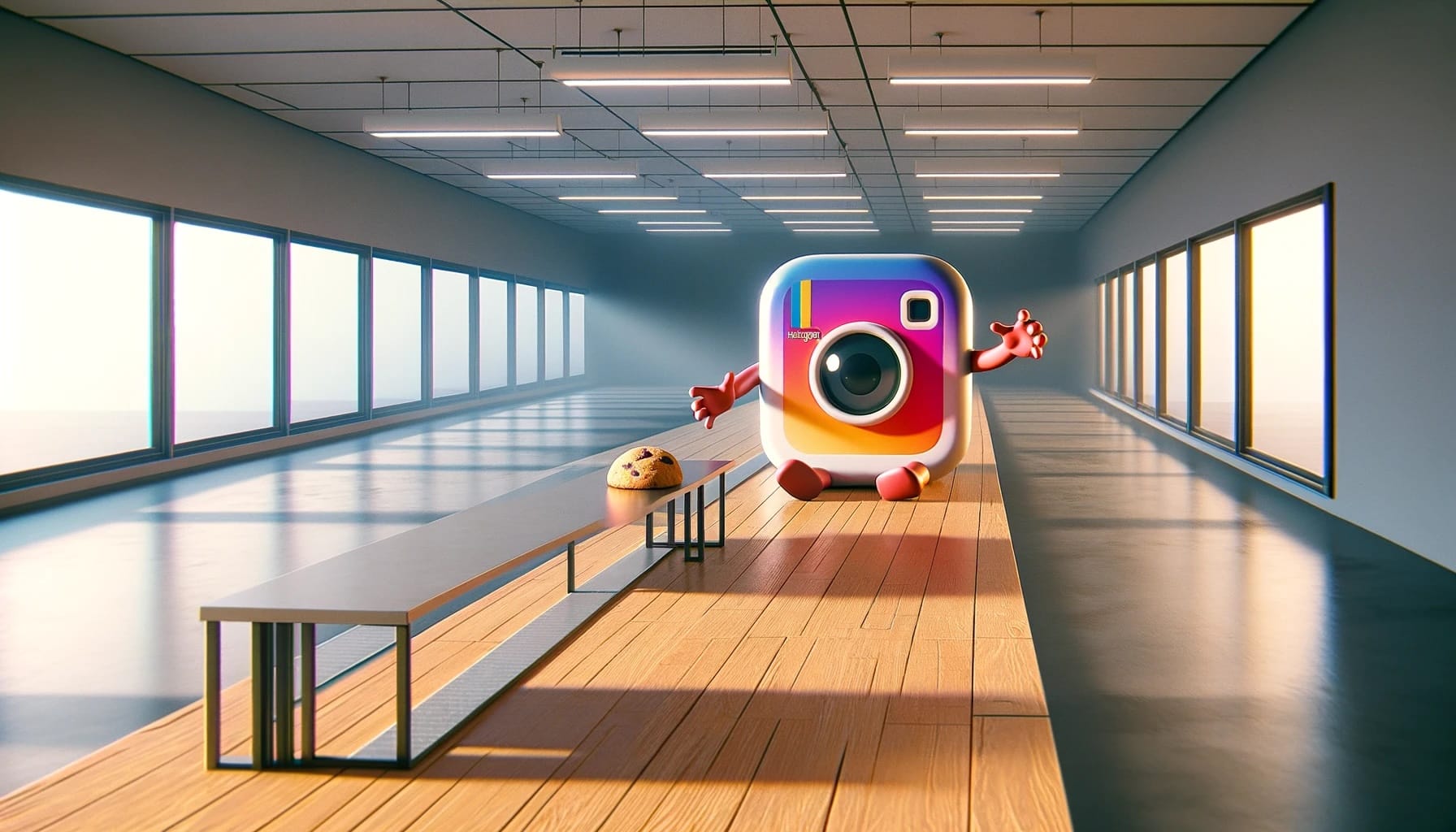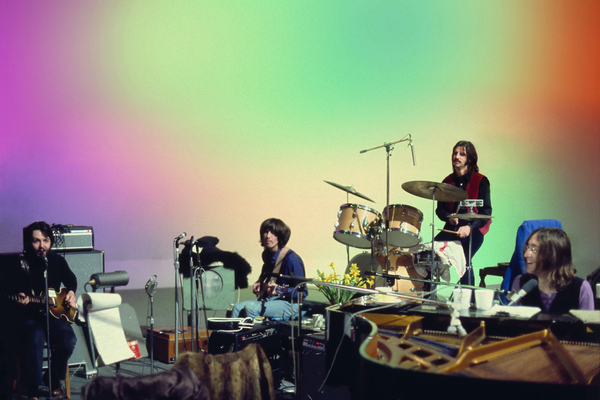Organic Brand Growth Is a Myth

My wife and I decided to sell our house during COVID. It was April 2021, and we realized that living in a three-bedroom house with two kids while we both worked from home was not a great setup. We got lucky with our timing, secured an insanely-low interest rate and found a great new house. We moved in August 2021 and have lived there since.
One of the key features that sold us on buying the house was an immense backyard. If you’ve lived in Southern California or visited people who own a home here, you know how huge a prize this is. To this day, I tell people that the house itself wasn’t what convinced me to put in an offer — it was the yard. I’ve always fancied myself becoming more of a DIY guy. One of the first things I did upon getting moved in was buy the equipment to start a small vegetable garden. My oldest daughter was at an age where this excited her, and so, apart from being what I heard was a meditative hobby, I felt happy to have something to do with her. I had big plans for us.
I quickly realized I had miscalculated. My initial plan was to set up a trough and trellis, put in soil, plant seeds, water and voilà — farm to table food! Yeah, that didn’t happen. Within a few days of the seeds sprouting, I noticed the leaves were being eaten. A quick online search led me to discover that I probably had aphids eating the leaves. Or worse, bacterial and fungal infection. If my soon-to-be salad was going to survive, I needed some chemicals. I went to Home Depot and bought the assorted, highly rated items that would give my buds a boost: fertilizer to enrich the soil, pesticides, and herbicides to ward off the bad stuff, and even some compost to top off the soil. I looked for the least-toxic products, but the reality was I knew I was going to have no garden if I left these plants completely to the whims of nature. Furthermore, I needed to give them resources to help them grow.
The sprouts grew, and I tended to them for months (my daughter having long abandoned me), and with enough sweat and support from my newfound cocktail of products I was able to squeeze out a few tomatoes, cucumbers, baby carrots and one head of lettuce. After that first round, I realized that my DIY skills lied elsewhere and traded in gardening for home improvement and furniture-building.

The reality is that everything needs help to grow. More specifically, everything needs help to grow in a particular manner. That includes a brand. Brands don’t just pop up organically and continue down a predetermined path without influence. Growing a brand requires four things (I had to get some marketing shorthand in here, sorry): positioning, promotion, participation, propulsion, and placement. Let’s dive in to “the four P’s” and why they matter more than ever.
While we journey through the data, distillations and diatribes, keep one thought in the back of your head: growth requires even more investment today because you’re fighting with more stuff for less attention, and against algorithms that have no incentive to aid breakthrough. How are you going to do that for free?
THE FOUR P’S
POSITIONING
It’s not enough to be the best. You need to be remembered. Even in the cold, hard math of the marketing world we inhabit now, where every click and conversion is tracked with the precision of a Swiss watch, emotional resonance is still the gateway to growth. That means your brand has to intersect not just a use case that people may have, you also need to connect to a desire, belief, or value that they hold dear. It’s gotta matter to them. Despite the siren song of data-driven decision-making, it turns out humans are still, well, human. According to a study by the Harvard Business Review, emotionally connected customers are more than twice as valuable as highly satisfied customers, in terms of buying power, profitability, and loyalty.
And let’s not forget about the power of brand loyalty, which is heavily grounded in—you guessed it—emotional connections. A 2020 consumer survey by predictive analytics firm Motista found that customers with an emotional relationship to a brand have a 306% higher lifetime value (LTV). They also tend to stick around five years longer than your average Joe customer. I’m a die-hard Apple user, Buck Mason wearer, and Lakers fan. These aren’t completely rational decisions. They’re rooted in how my associate with these brands allow me to feel.
A good positioning requires commitment — you need to distill your brand to a core truth that connects to a human truth for the people you hope to convert to buyers. That’s not something ChatGPT can spit out in two seconds (but you could get a head start if you’re smart). Positioning is born from a rational power (what your product or service provides) combined with an emotional power (how it makes people think/feel/act). In my career I have probably spent more time and energy with other leaders and teams trying to crack the code on positioning — whether it was a brand, a product, or a campaign. It is a crucial first step, and worthy of investment to get it dialed in well. A simple question to ask yourself is, “could any other competitor make this claim?” If the answer is, “yes” then your brand positioning needs to be refined.
PROMOTION
This is going to sound strange, but I promise it’ll make sense in a minute — to grow big, you need to think small. (I know, I know… WTF 😐?). If Byron Sharp were sitting next to me, he might give me the side-eye. But before everyone gets mad at me, let’s talk it through.
Sharp’s position in his seminal work, How Brands Grow: What Marketers Don’t Know, is (essentially) that brands must be continuously reaching as many people as prudent and possible. He reasons that growth comes from ‘light’ buyers, not from heavy-buying loyalists. And I think he’s right, with a couple of cautions to consider. Sharp’s argument is that targeting can be too niche, and that going after wider audience segments is more beneficial for growth. While I agree that targeting left-handed golfers who only drink almond milk might be a tad too niche, consider that Sharp published How Brands Grow in 2010. Considering the outsized influence that algorithms have in our lives and within marketing overall, I propose amending Sharp’s position and my earlier statement: to grow big, you need to think connected.
Now you’re probably thinking, “Kyle, that’s just gibberish. Quit with the pithy marketing-speak and just tell me what you mean.” Alright, fine. I mean, your brand needs to connect the little dots until they make a rather large blot. Sharp’s right that if you go too niche, you end up losing ROI potential… but what if you connect many niches together? That would give you a plentiful bloc of people to target and grow your brand. Aiming for “left-handed golfers who only drink almond milk” isn’t a good starting point, but what about the intersection of golfers and fitness enthusiasts? In either direction — golf or fitness — you now have subsegments that you could drill into with versions of your main brand story.
(It might also help to have a handy design for how you translate positioning and your focus on core customers to adjacent areas… if only — oh wait, here you go! 😉)
Ok, we’re back. Let’s rewind to the first point about positioning. You need to create resonance. That isn’t going to happen by dropping some content into mobile feeds and hitting the bar for happy hour. I subscribe to the “three hit” rule. You need to hit people at least three times with a message before it sinks in. People see hundreds to thousands of images, videos, and ads daily. You really think if your brand dips in one time that the job is done? Cue my favorite ESPN segment.
You need a good, creative story that connects to a belief or behavior held by the people you’re trying to reach. That is still far-and-away the number one indicator of success: creative ideas that connect. Now, remember we said we have to hit folks three times (at least). And then there’s a reach sufficiency you’ll need to consider. If you’re targeting an audience of one million and hit one hundred people three times, you might as well have just taken a t-shirt cannon and fired the money you spent out the nearest window. If you’re not reaching at least 51% of the addressable audience, it’s not enough. If you’re aiming for a tribe that’s massive and 51% reach is going to cost you 🤑🤑🤑 then niche down until you can hit the biggest audience possible at 51% for 1+ weekly frequency over at least three to four weeks. Otherwise, you’re just playing darts, and unless you’re this man, that is probably not going to end well.

There’s a real investment to be made here. Investment is necessary to design storytelling that connects to your niches and ladders up to an overall positioning. It’s vital to ensure that you’re promoting that message to at least 51% of the total target audience three times. And it’s crucial that you invest to scale your investment in the highest-performing niches once you step back and analyze the initial data.
If it seems like I’m spending more time on promotion than the other P’s, it’s because I am. There’s no getting around it — you have to spend money to grow money in today’s marketplace. Algorithms are not your ally, they’re a nuisance. There’s a reason organic reach has been reduced to near-zero for brands. There’s a reason Instagram is now testing whether to charge creators for reaching their full audience.
Sure, you could catch lightning in a bottle. More likely is that you leave your brand to the fate of factors beyond your control. Ask Tesla shareholders how well it’s going with no Marketing team, no investment in promotion and a mouthpiece for the company who seems less interested in growing his business than growing his clout with certain subsets of political commentary culture. The answer is 😱.
PARTICIPATION
This might be my favorite P because it’s easily the most undervalued and most impactful. Investment in participation is where brands can make up for deficiencies in resources for promotion (I.e., money). Creating resonance means building relationships. Relationships are reciprocal. Most brands treat them as one-way streets: “Look at me! Answer me! Share me!” It’s gross. Let’s talk about how to change that mentality using Kevin Lane Keller’s Consumer-Based Brand Equity Model. First, you need to let people know you exist. Ok, I think we checked that box in promotion.
Next comes meaning — what does your brand stand for? This is where participation becomes vital. You won’t get the response you’re looking for if the vibe is off from the community you’re engaging. That means listening, learning and being thoughtful before you enter the chat. First impressions are important. Almost equally critical is how you respond to the initial response from people. Finally, we get to resonance: this is where folks are bought in to your brand. They’re willing to advocate for it. This is because they believe that they have — you guessed it — equity in the brand.
Participation is typically undervalued, particularly by market leaders. That’s probably because it’s historically the most labor-intense component of modern marketing. Somebody’s gotta be manning the feeds, the chats, the phones… you get the idea. Those somebodies need to be paid, they deserve benefits, they must avoid burnout, and that all costs 💰. Aside from investment, though, lack of participation is arrogance, and it’s a prime factor in disruption that allows challengers to usurp market share from incumbents.
PLACEMENT
I’m cheating on this last one (sort of). Placement isn’t (totally) a marketing thing. It’s really about merchandising. Your brand needs to be available. Not just in people’s brains but literally on the shelf. I can think of many moments during my career where a discussion about marketing’s “lack of performance” was really a merchandising challenge. Think about it. If you tout a product or service, create resonance and then the person can’t find it to buy it, what do you think they’re going to do? Give up? Put their desire or need on-pause until you restock? For most categories, the answer to that is, “LOL, good one 😆.”
People will move on to something else. This is especially important in a very commoditized category. Resonance matters, but so does a healthy dose of reality. When the individual brands are less distinguishable, people will swap for whatever’s available that (generally) meets their needs. Call it the “Amazon effect.” If it’s not in front of them in a store, a version is probably available faster and cheaper on Amazon. That should give you cold sweats.
Likewise, the days of putting your product on the shelf and watching sales roll in are done like my six year-old’s marshmallow at a campfire. We have more choice and faster pathways to decision-making than at any time in human history. If you’re not staying top of mind with someone, you’re fighting an uphill battle against your competition (who probably are). The rise of retail media brings this into stark relief. Binet and Field argue that brand growth is maximized by maintaining a balanced investment in both long-term brand building (which creates brand equity) and short-term sales activations (which capitalize on this equity). Retail media is converging these two points. You can do brand-building and short-term sales enablement on Amazon. Heck, you can do it on TikTok (until it’s banned;a dumb idea, btw). The point is, if you’re not investing in placements (marketing) that feed your placements (sales) you’re risking an awful lot on consumers just deciding on their own to try your brand or keep buying it.
Having the Tough Talks
Alright, so you’re feeling good now. You feel like you can map a flywheel for the brand and start pegging investments against the “four P’s.” Now you get to go up to talk to the bosses who control the purse strings. Maybe you’re at legacy incumbent leading the category, and the C-suite think the brand’s reach and DNA will carry the day. Perhaps you’re at a bootstrapped startup that’s watching dollars like buzzards circling a lone, limping animal in the desert. How do you get to where you know you need to be?
Don’t try to eat the elephant in one bite (or at all, it’s a protected species for goodness’ sake). Build a plan with the minimum viable investment to prove upside. Define it clearly. Prioritize the plan — Collaborate with other stakeholders. There’s strength in numbers, both literally and figuratively. Most important — prepare for resistance. Accept that you will have to pitch and re-pitch, defend and re-defend your approach. It’s not personal — it’s business.
Do not lose your conviction. Like a garden, it takes time, investment, and patience. When it’s time to reap, it’ll taste all the more delicious. I made one salad and felt like the king of the world. Imagine how you’ll feel when you’re harvesting gains in brand equity and revenue that help take your company to the top.




